Fujifilm XT-20
After the unforgettable summer trip to Hokkaido in 2018, I have decided to get a portable camera for future travels. At the time I was eying for the Canon G7X Mk. II. It was a time when compact digital cameras was still better than smartphone cameras and mirrorless still felt bulky.
But then I saw this Fujifilm XT-20 on sale in a newly opened electronics store so I bought it, not know much about the camera or mirrorless camera in general. Then I realized that it didn't come with a lens.
What I got was the kit lens Fujinon XF 18-55mm f/2.8. Well I got lucky, this lens does most things required for travel photography, except falling a bit short (pun intended) in focal length department and low light performance with an aperture only up to f/2.8.
After 16896 shutter counts, the camera is still going strong as if it was new and bearly used.
To be honest, you can find way better reviews on features or spec for this camera on the Internet. What I want to focus here is the emotional attachment I have with the camera.
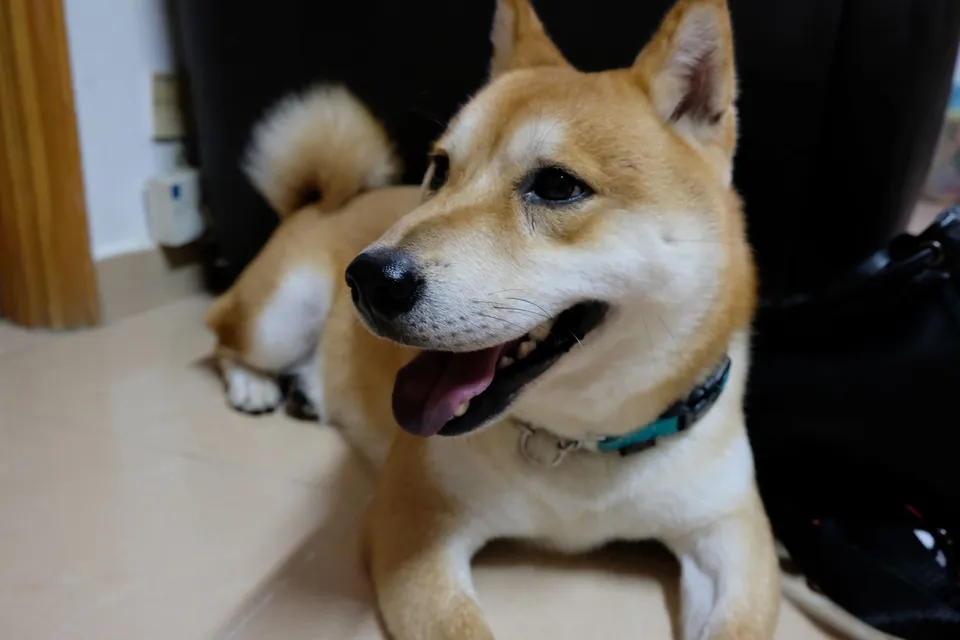
Once I have gotten lens, the camera has became functional. The first subject was of course something I have nearby, which was the dog at our house Sailo. Shooting at full auto, the camera was easy to use. However low-light indoor situation caused many shots to become blurry.
Looking back it was a wrong choice of focal length as well, this shot should have been shot near the 55mm end of the lens instead of at 18mm, where Sailo's head was enlarged whereas the body seemed smaller and longer than normal.
Well now Sailo is fat, so maybe 18mm makes sense now.
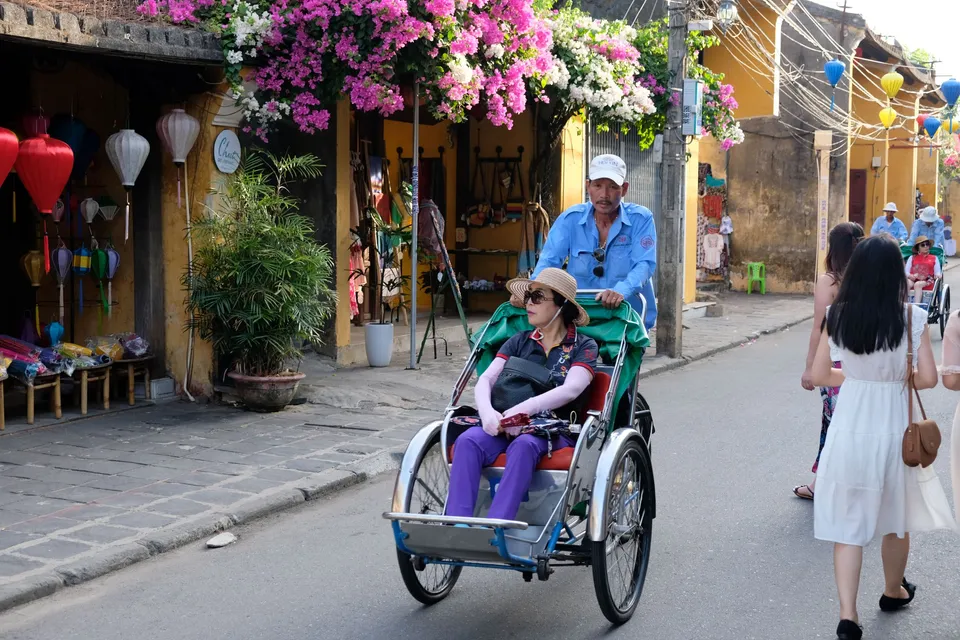
Travel photography is easy. Simply snapping everything that one sees. That's what I did on the first trip with XT-20. Some shots like this one happened to work out because of pure luck.
More of that will come as I shoot more.
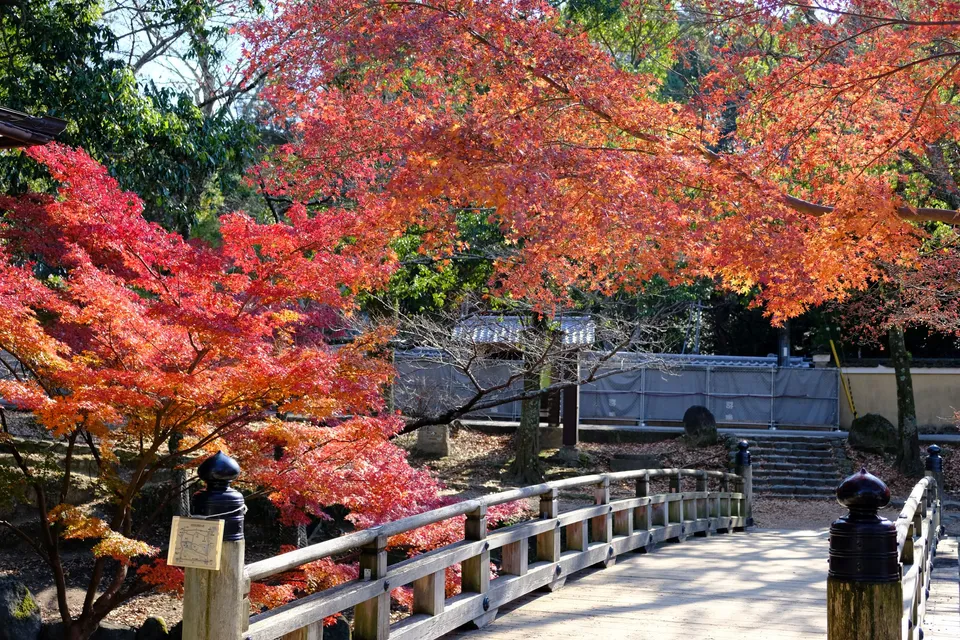
Fujifilm cameras have this film simulation feature that applies one of several presets to the generated JPEG files. The default output may look too flat or too vibrant in different situations.
There are additional controls such as highlight/shadow/saturation and even artificial grains that can be added directly from the camera.
For some nice looking travel photography that'll be good enough. But it's just a convenient way of producing photos that look on social media.
A way of certifying experience, taking photographs is also a way of refusing it — by limiting experience to a search for the photogenic, by converting experience into an image, a souvenir.
—"On Photography" Susan Sontag
Like, it's a composite of language, but not yet an expression.
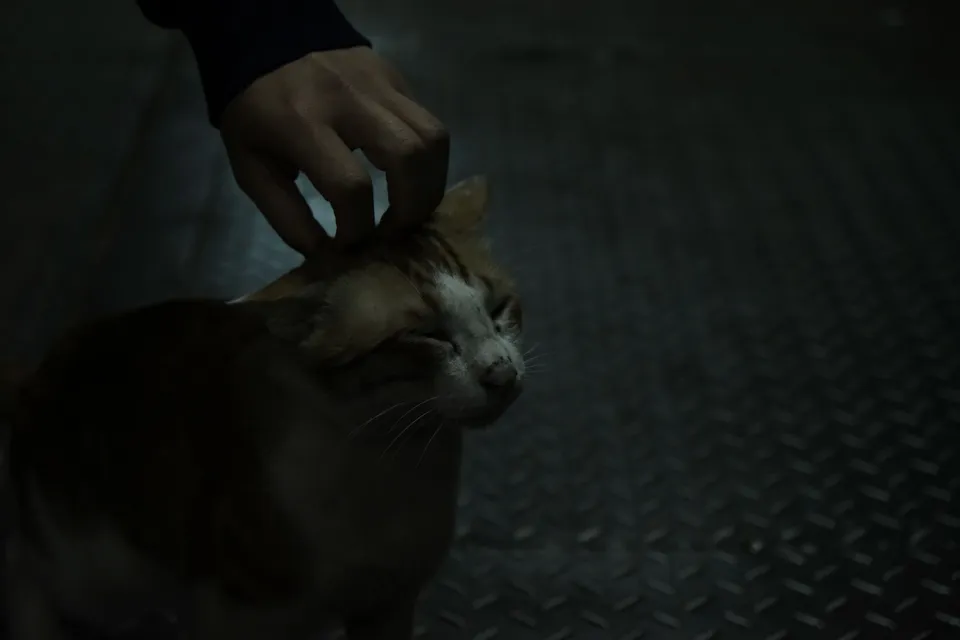
XT-20 is capable of more. Compared to the automatic mode, the fully manual mode gives user way more control over how a photo can be taken. At that point I have already begun shooting on a fully manual film camera like the Agfa Memar.
In low-light situation like this, XT-20 would open the aperture fully and shoot at a slow shutter speed to ensure sufficient exposure. However, the photographer can choose to use a faster shutter speed to reduce motion blur at the expense of shadow details.
Well it's digital. Much of the shadow information can be salvaged from RAW in post-processing. Color is still quite flat though.
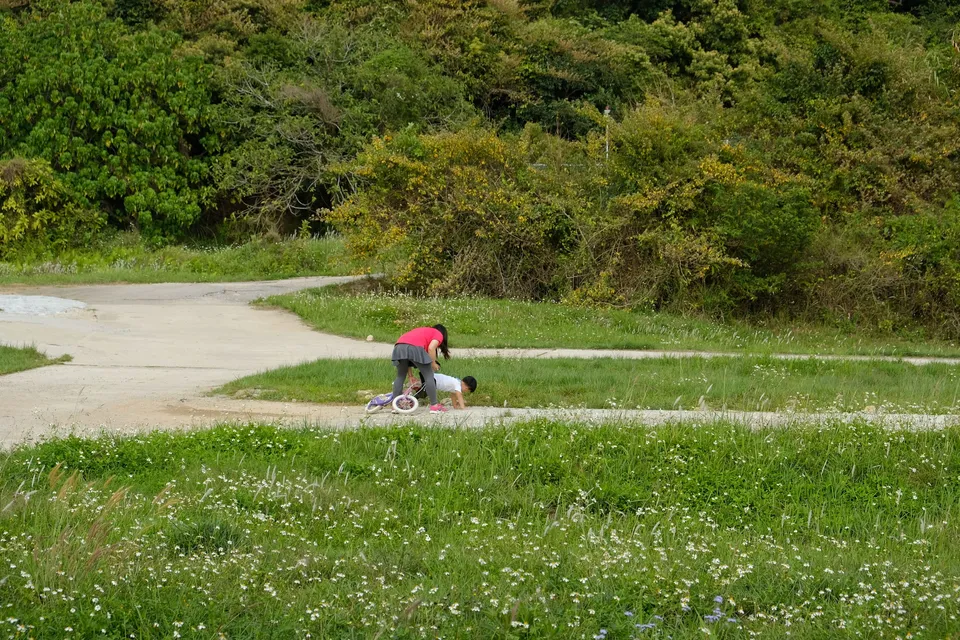
At that point pretty much all the features made available by XT-20 has been tried out at least once. What's next was to be able to look far in distance and ahead in time.
The kid was struggling to balance on his bicycle. Him falling, and adult coming to his assistance was nothing but reasonable prediction. To be able to predict means there's enough time to capture the decisive moment. This skill has been very useful on the street.
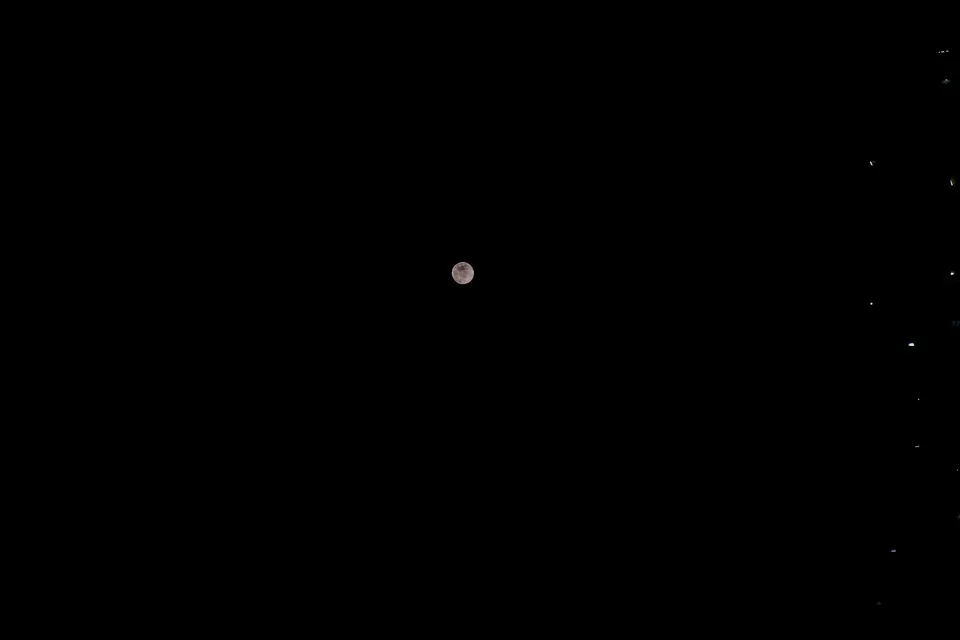
The maximum focal length 55mm is equivalent to full frame 82.5mm on XT-20. To get enough pixels for the moon at least 200mm at full frame equivalent is reuqired. That doesn't stop me from shooting the moon using XT-20 while getting enough details to tell that it's the moon.
The crappy tripod that came with the camera and the cable release I bought separately finally found their use.
I might find a better foreground and bracket the shot for an HDR moon landscape shot some time in the future.
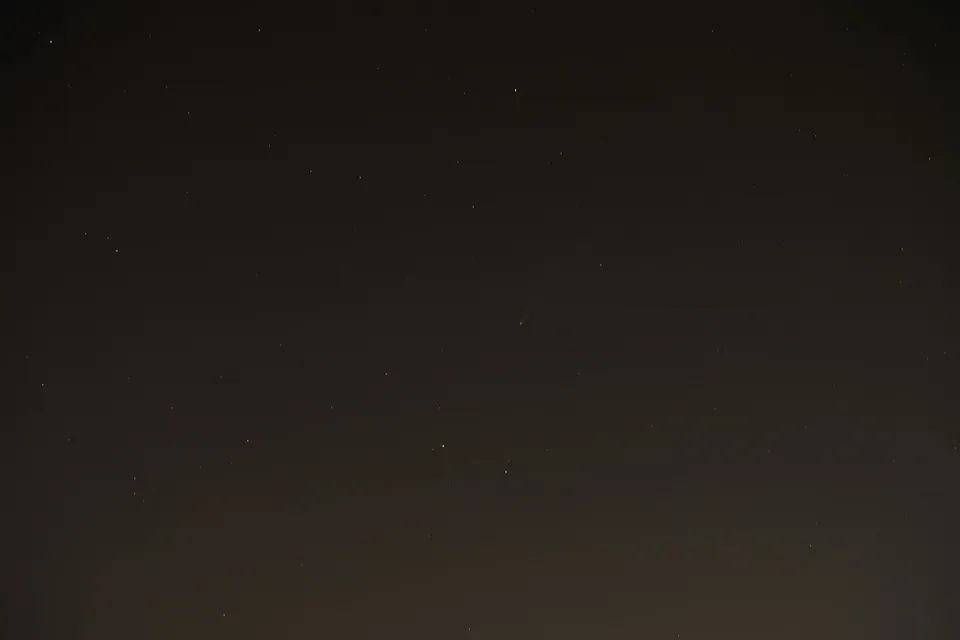
The stars in this shot is terribly small and dark for the same reason. If you look carefully, somewhere in the middle there's the comet NEOWISE that had been extensively photographed during its short approach towards the earth.
I have yet to try other astrophotography techniques such as stacking, star trail and use of a star tracker.
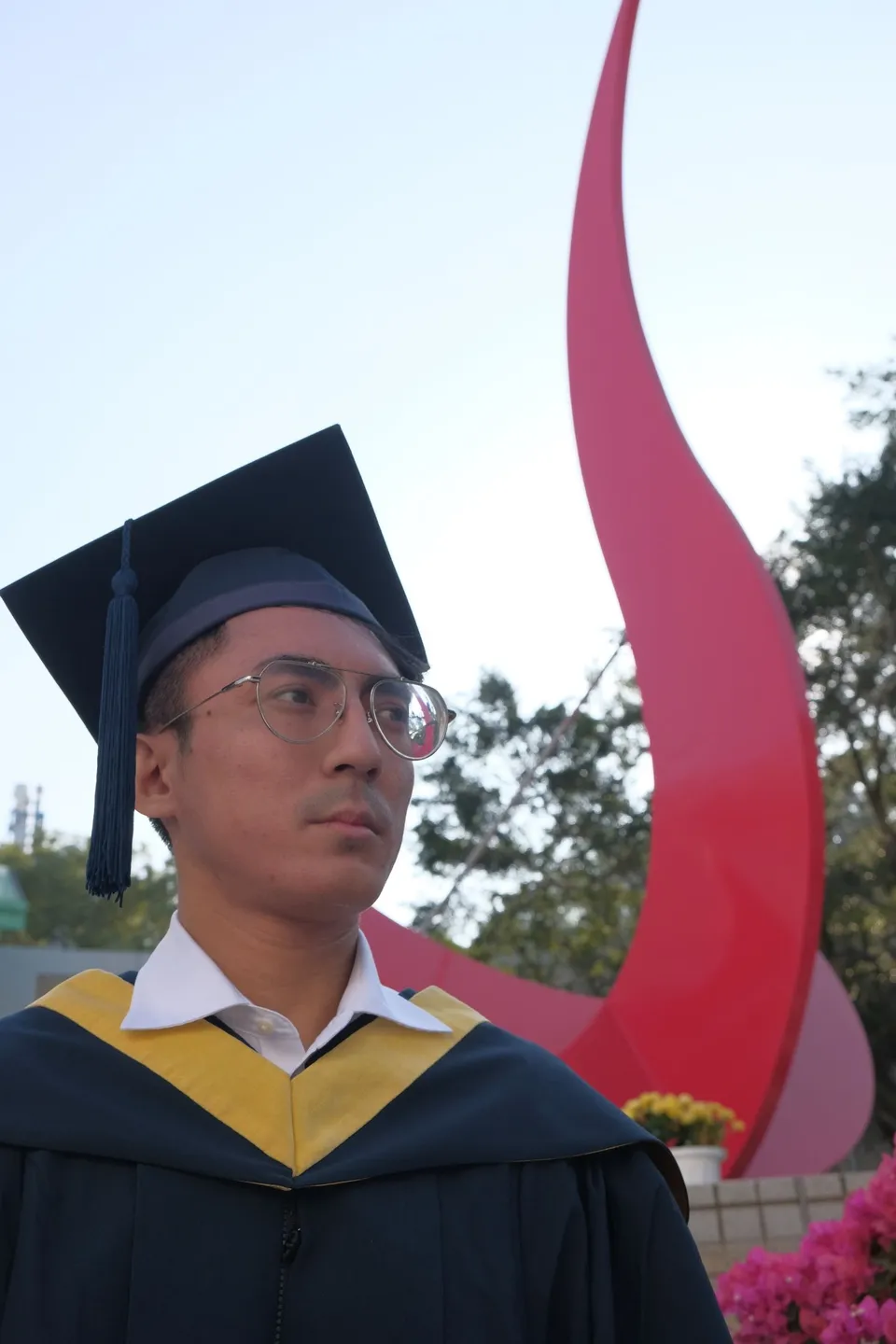
With a zoom lens it's possible to change the focal length on the fly to achieve reasonable crowd control. Behind this person there are many people shooting their graduation photos.
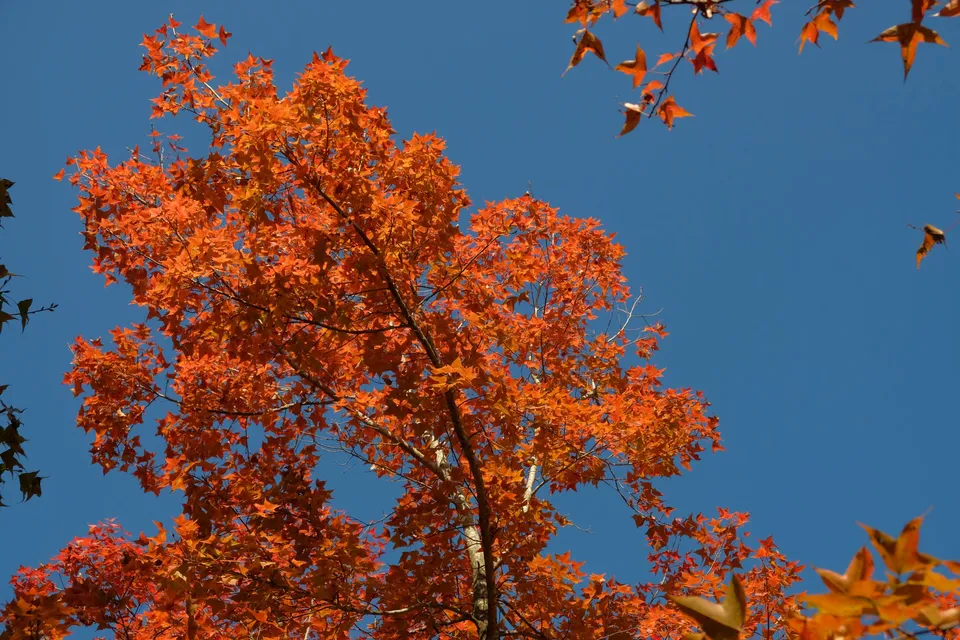
At some point fine tuning film simulation has became a routine before going out to a shoot. Depending on the light available, the weather and the subject, the camera settings can be changed to get resonablely useful color without having to post-edit every single shot.
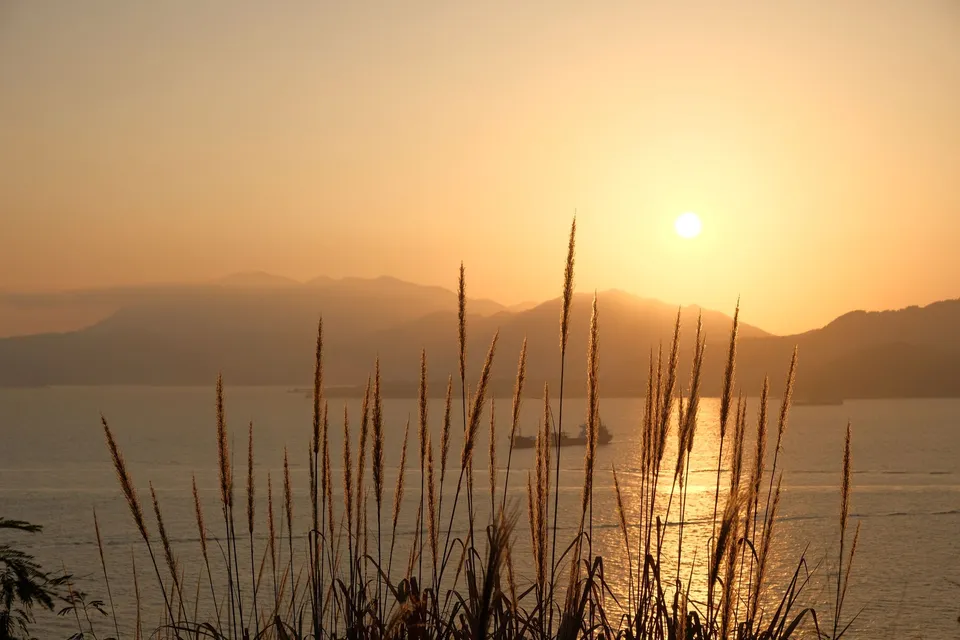
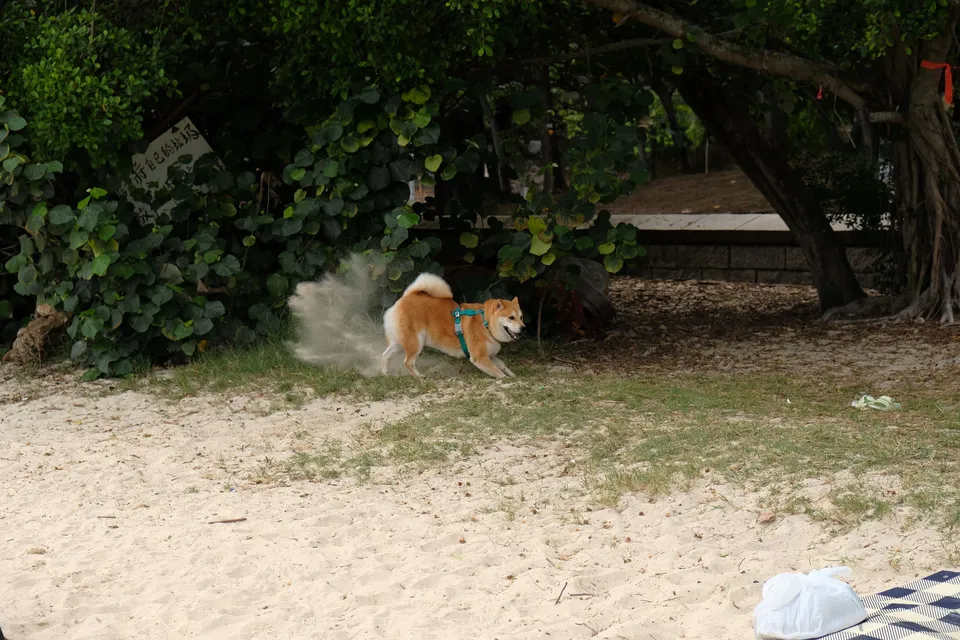
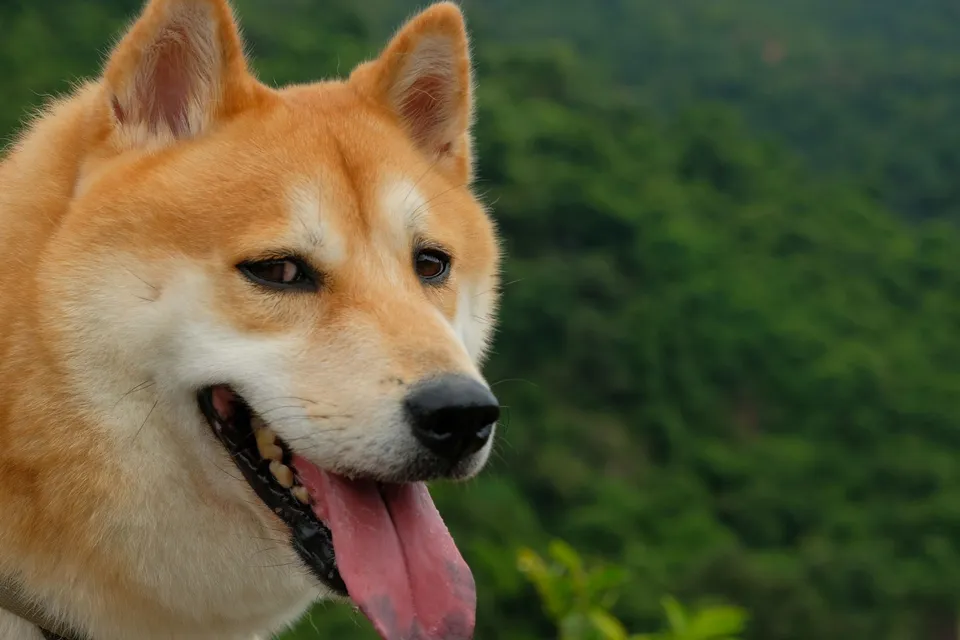
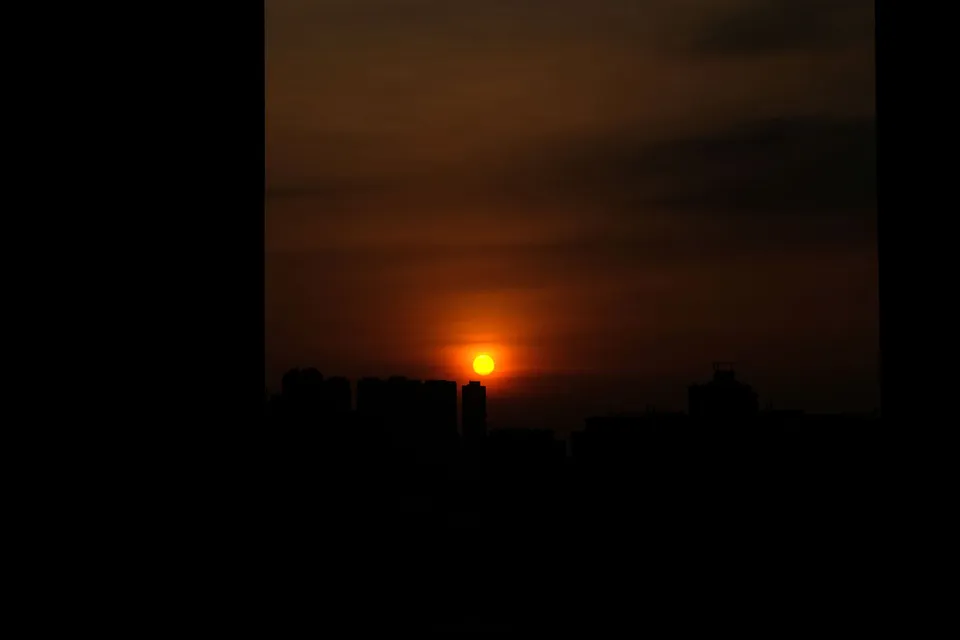
Looking back, with a mid-range mirrorless camera and a kit lens, a lot can be achieved. When more expensive gears being rolled out every day and with consideration to future proof one's arsenal it may be tempting to get the latest and greatest gears available in the market.
But then people are reverting back to film photography (including me) not because it's cheap, but because there is no better lenses and camera. That should shift the focus of people from snapping everything in view to becoming more conscious about what to shoot and how to shoot.
And yeah with all that being said, I am eying for the Fujinon XF 18-135mm for travel photography in my upcoming trip to Japan.
